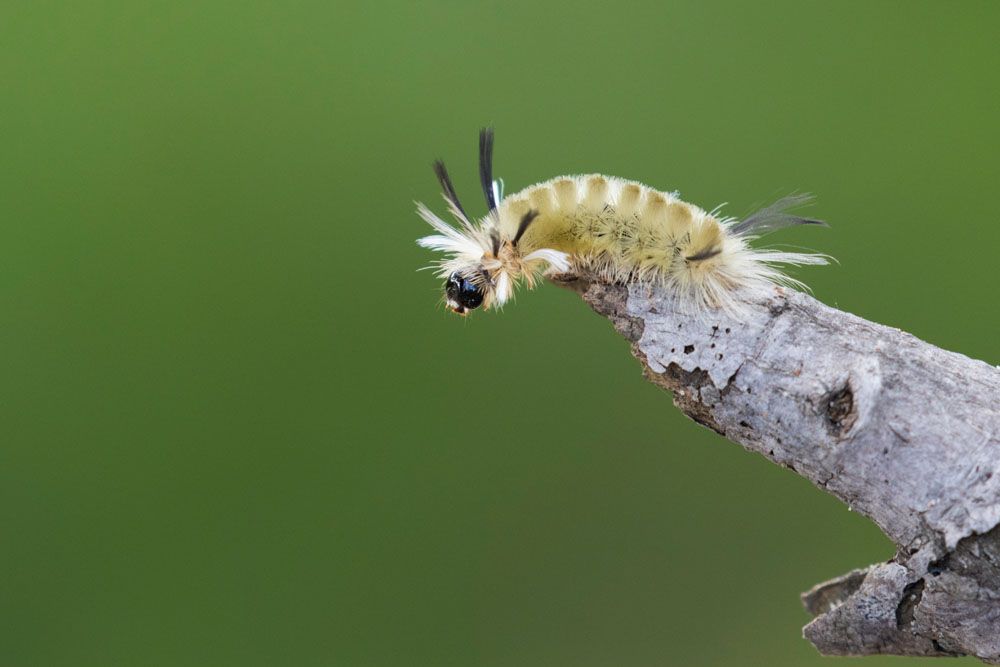
Pale Tussock Moth – Halysidota tessellaris
Pale Tussock Moth (Halysidota tessellaris)
Common Name: Pale Tussock Moth
Latin Name: Halysidota tessellaris
Appearance:
The Pale Tussock Moth is a very striking insect. The pale greyish-brown wings of the mature female have a row of white markings along the margins. Although they are usually smaller, the males have comparable patterns. The long, pale-yellow hairs covering the caterpillars, or larvae, give them a tufted, fuzzy look.
Host Plants:
Pale Tussock Moth larvae eat a wide range of deciduous shrubs and trees, including elms, oaks, willows, and maples.
Territory:
The Pale Tussock Moth can be found in various parts of North America, particularly in regions where its host plants are prevalent.
Damages caused by Pale Tussock Moth:
The primary damage induced by the Pale Tussock Moth is defoliation. The caterpillars may remove the leaves from their host plants since they are voracious eaters. Defoliation does not typically kill mature, healthy trees, but severe or recurrent infestations can weaken them and increase their susceptibility to other pressures, such as disease or drought.
Life History and Habits:
- Egg Stage:The Pale Tussock Moth’s life cycle starts when a female deposits tiny, spherical eggs on the leaves of her host plant. Usually, these eggs are placed in clusters.
- Larval Stage:The caterpillars, or larvae, emerge from the eggs when they hatch. Their hair is pale yellowish and lengthy, giving them a tufted look. They devour the host plant’s leaves for food.
- Pupal Stage:Upon reaching adulthood, the caterpillars spin cocoons in sheltered spots such as cracks in the bark or leaf litter. These cocoons are where transformation happens.
- Adult Stage:The Pale Tussock Moth breaks free of its cocoon to become an adult. The female moth releases pheromones to entice the male to mate. To start a new generation, the female deposits eggs after mating.
